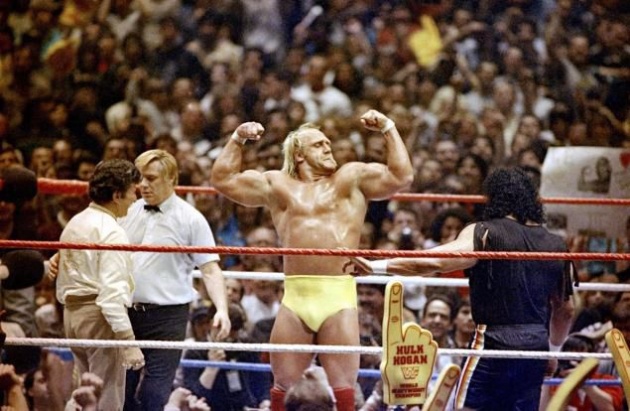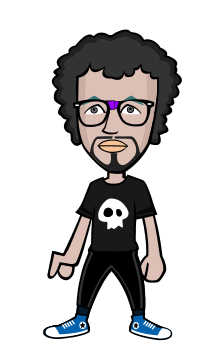
On March 31, 1985, WrestleMania wows the sold-out Garden with a wrestling spectacle that features Hulk Hogan and a host of other stars.
Thirty years ago this month, Vince McMahon tried everything in his power to make sure his brand of pro wrestling would apply a headlock on mainstream America's imagination.
Having launched an ambitious plan to take his then-World Wrestling Federation national, and thus shake up an industry where various wrestling promoters around the country laid claim to individual regions, McMahon chose Madison Square Garden to stage a star-studded mega-card to be beamed around the U.S. via closed-circuit television. And for the tag-team main event, McMahon filled the marquee with the type of bold-faced names and fierce personalities one would expect from the rough-and-tumble world of pro wrestling:
There was world champion Hulk Hogan, with his bulging biceps and all-American hero persona; crowd-inciting, motor-mouthed heel Rowdy Roddy Piper and his cohort, the rugged, muscle-bound Paul (Mr. Wonderful) Orndorff; tough-guy actor Mr. T, with his gold chains and Mohawk, who was Hogan's partner for the match; and even Muhammad Ali, a man who knew a thing or two about headlining in the Garden's squared circle, serving as a guest referee.
Oh, and naturally, Liberace was there, too, as guest timekeeper.
Liberace? That Liberace?!?
“He stole the show — he danced to ‘New York, New York’ with the Rockettes,” longtime wrestling personality “Mean” Gene Okerlund, who was at the Garden that afternoon on the broadcast team, recalls with amazement, and perhaps some amusement, three decades later.
Still, Okerlund concedes that had someone told him years prior that the flamboyant concert pianist and Las Vegas staple would one day be a part of the most significant card in the history of pro wrestling, a business teeming with testosterone, “I would have said that you were smoking something.”
There were no mind-altering substances at work, just the altering of perceptions when it came to wrestling and its cross-over potential. And the events of March 31, 1985 represented the cornerstone of McMahon’s vision to meld sports, entertainment and pop culture, capitalizing on America’s appetite in the mid-’80s for both campy diversions and the booming medium of cable television to expand his audience on a national scale.
It was bold, controversial, and in the end, successful beyond many of the participants' dreams.
It was full of behind-the-scenes pressures and drama — including one main-eventer going AWOL close to show time — that made for story lines just as compelling as the scripted match results that played out in the ring.
It was, says Hogan, “the pivoting point that took us from regional, local ‘rassling’ to move us into the direction of ‘sports entertainment.’”



